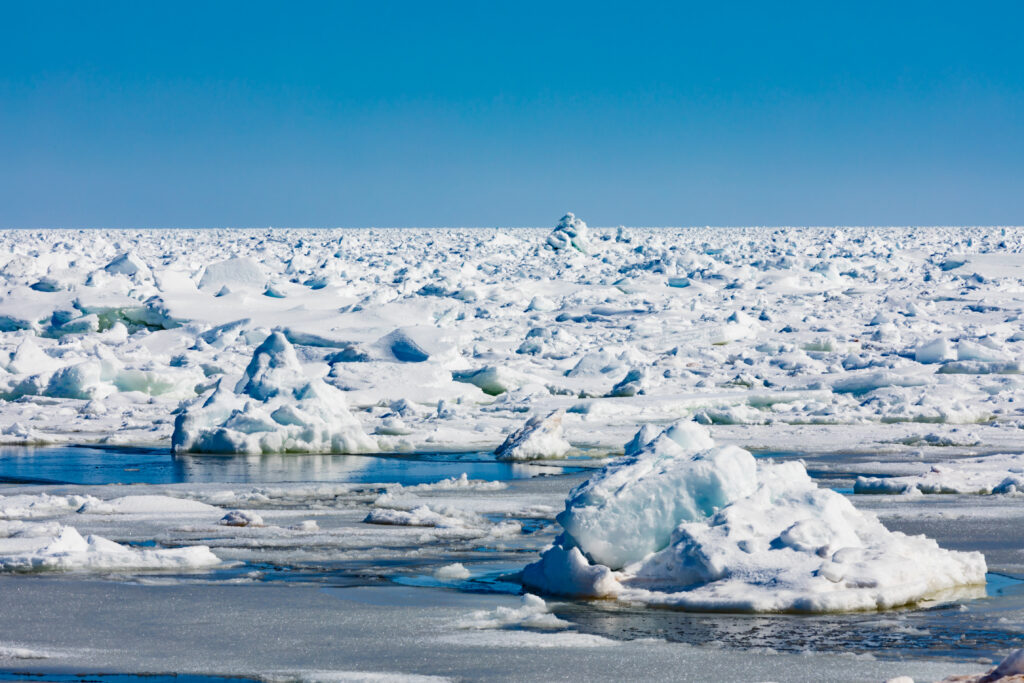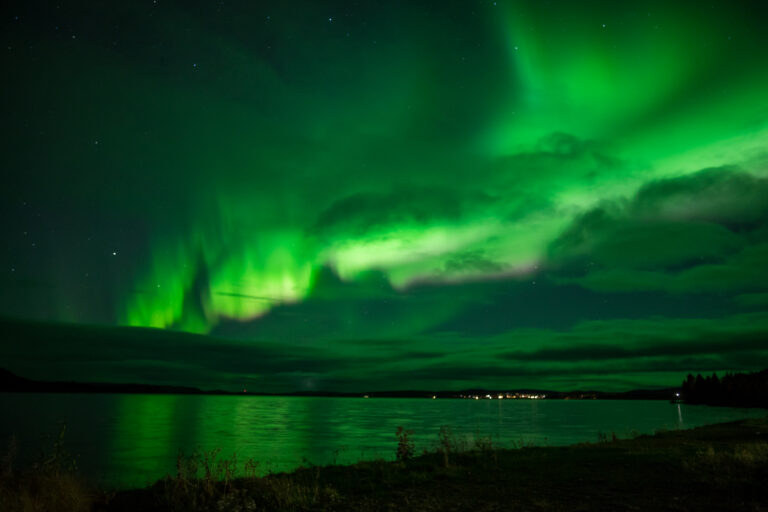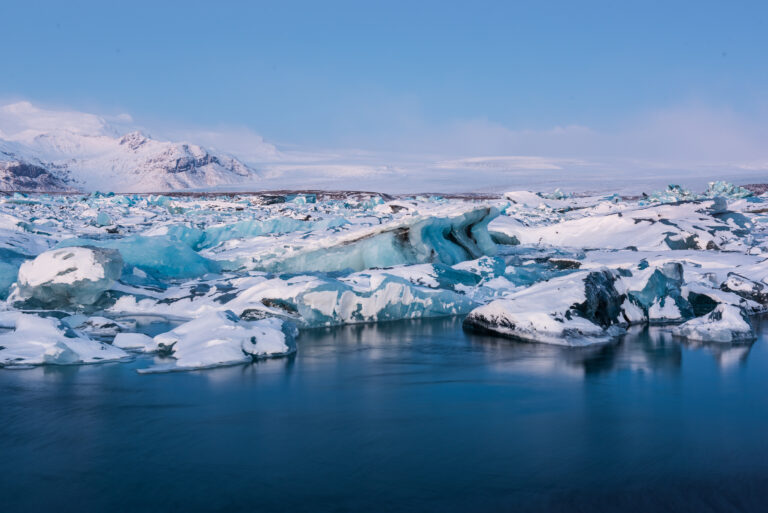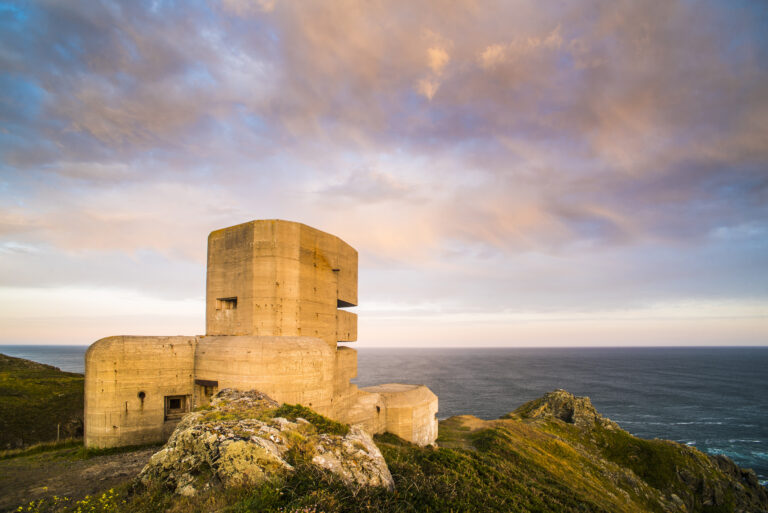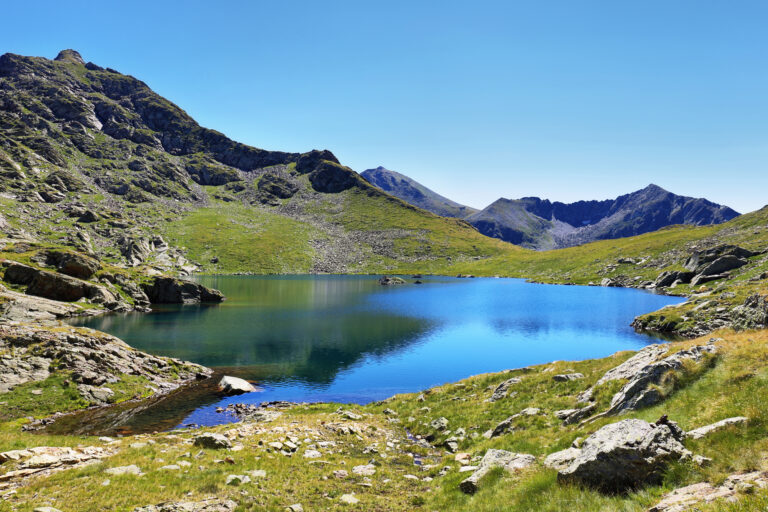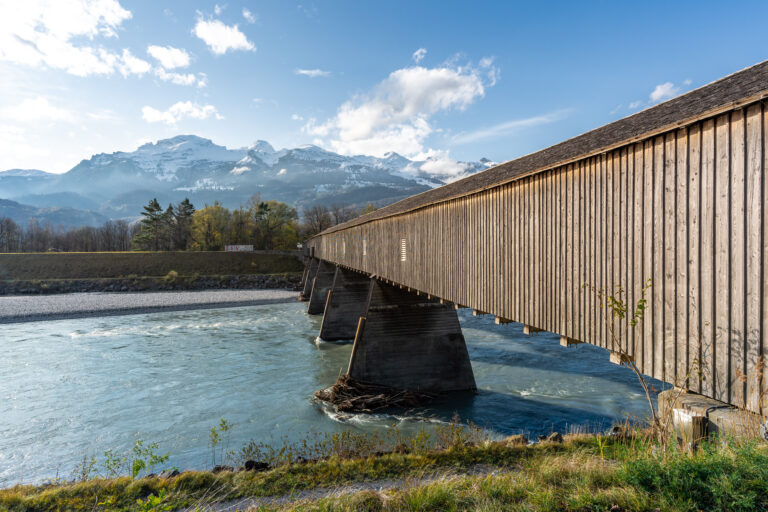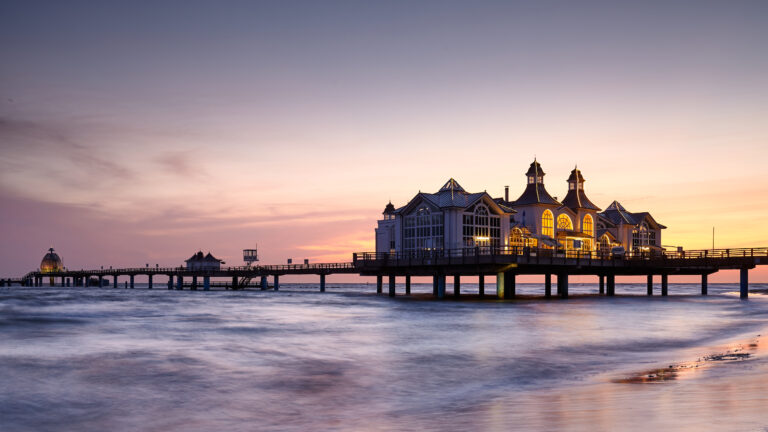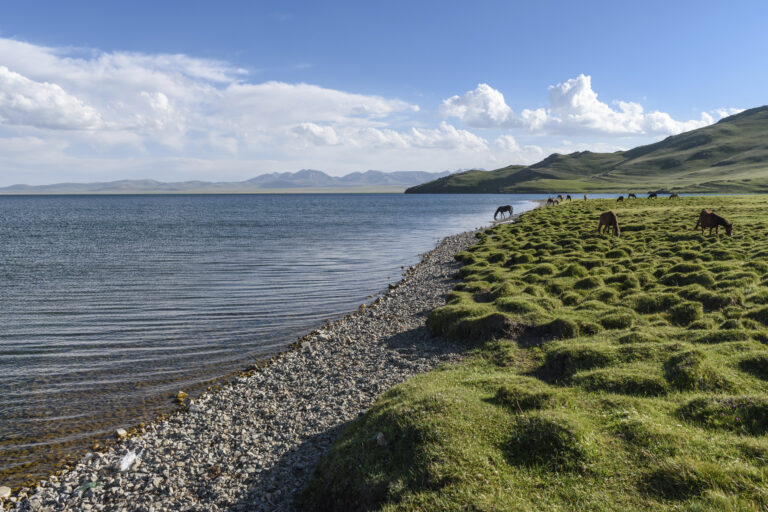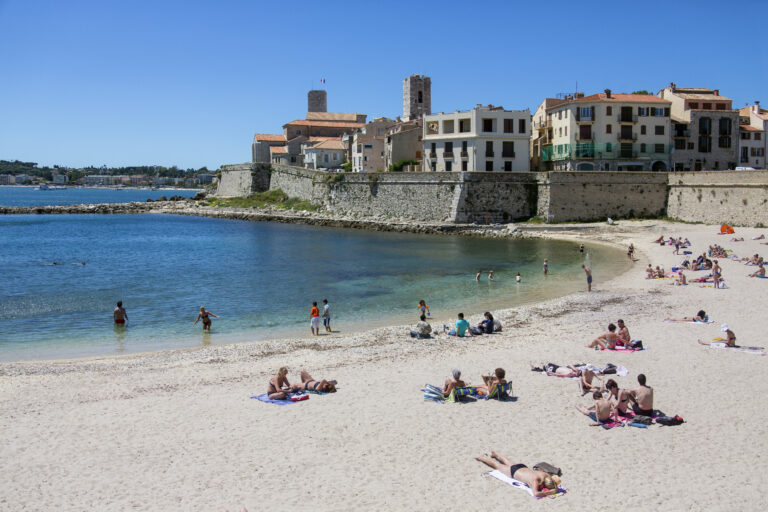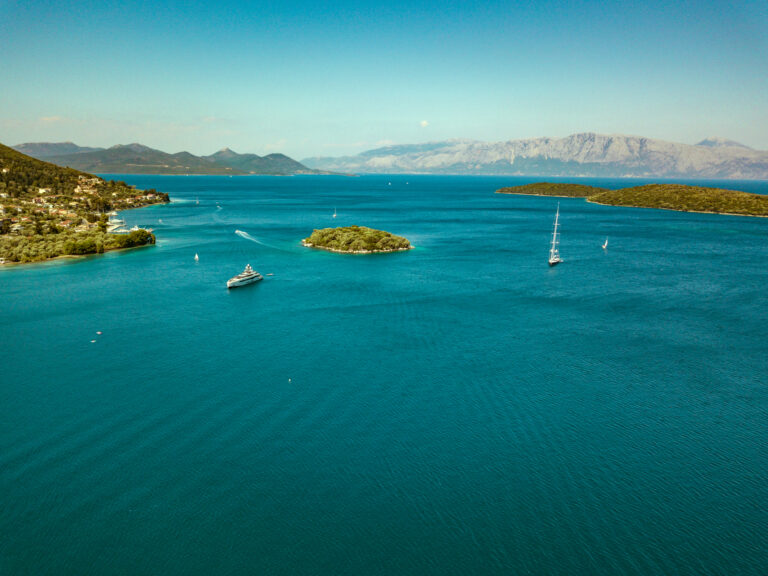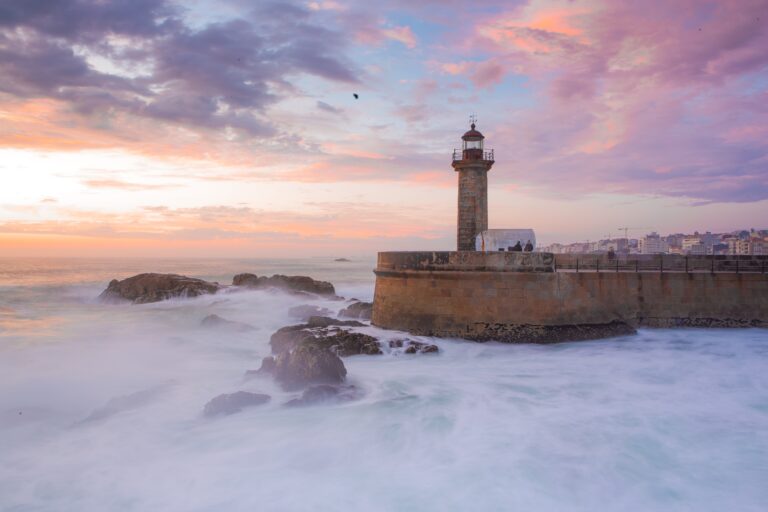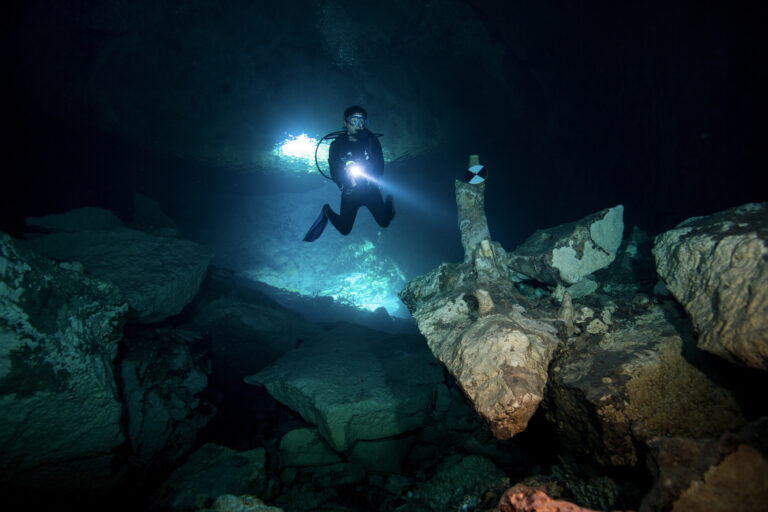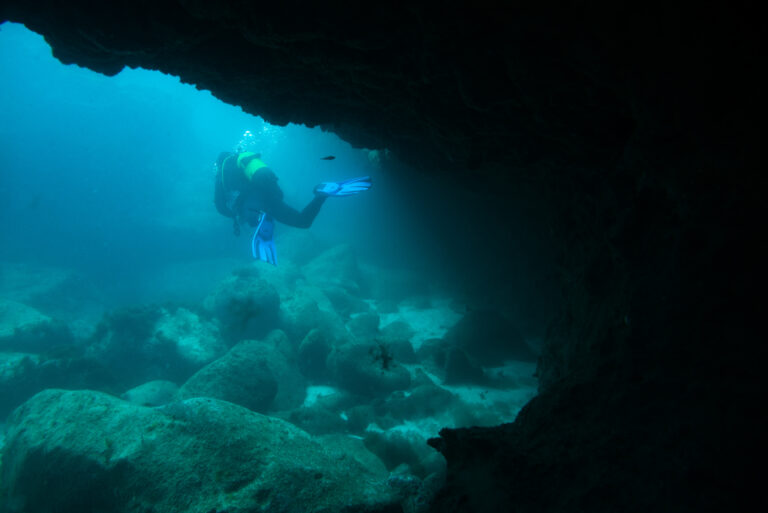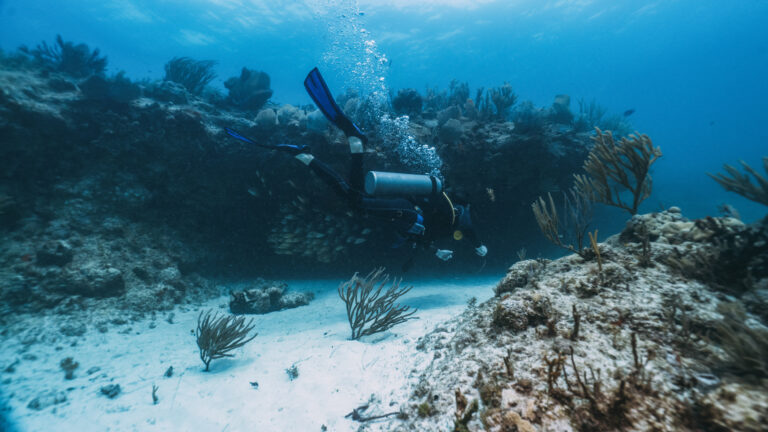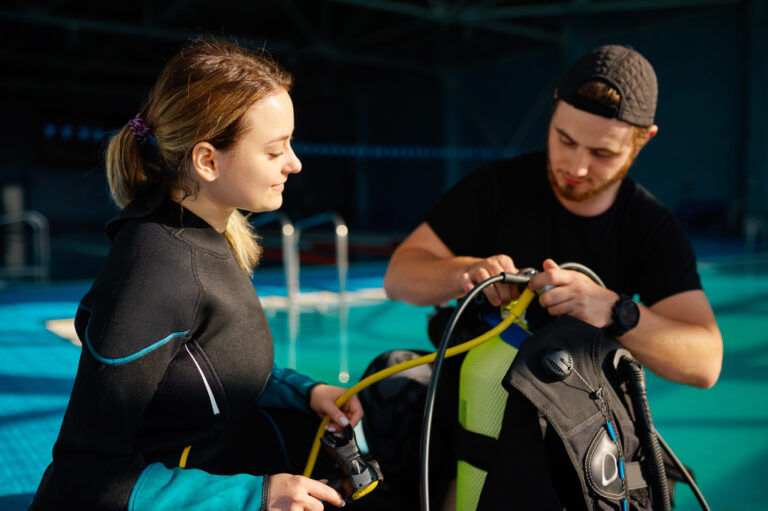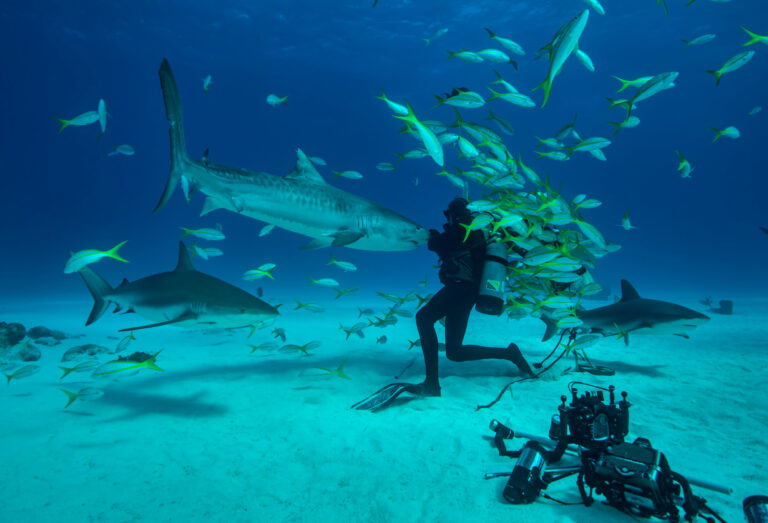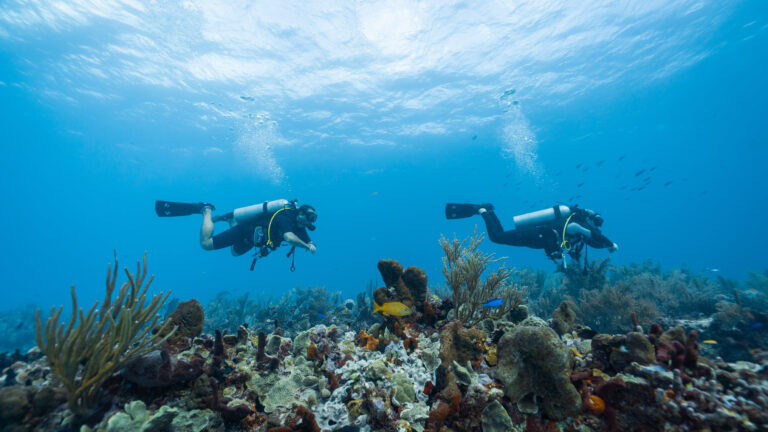SCUBA DIVERS’ TRAVEL GUIDE TO Jan Mayen
If you are looking for a remote and adventurous scuba diving destination, Jan Mayen might be the perfect choice for you. Jan Mayen is a volcanic island in the Arctic Ocean, halfway between Norway and Greenland. It is one of the most isolated places on Earth, with only a small military and meteorological station as its permanent inhabitants. The island offers stunning scenery, with snow-capped mountains, glaciers, and lava fields. The underwater world is equally impressive, with rich marine life, colorful corals, and dramatic drop-offs. You can explore the remains of a 17th-century whaling station, or dive with seals, whales, and polar bears. Jan Mayen is not for the faint of heart, but for those who seek a unique and challenging scuba diving experience in a pristine and wild environment.
Note! The island of Jan Mayen is Norwegian territory, and Norwegian citizens are free to visit Jan Mayen, but they must follow the islands regulations. Foreign citizens who wants to visit the island must obtain a permission from the Norwegian authorities prior to arrival.
LOCATION AND GEOGRAPHY
Jan Mayen is a remote volcanic island situated in the Arctic Ocean, approximately 600 kilometers northeast of Iceland, 500 kilometers east of central Greenland and 1,000 kilometers west of the North Cape, Norway. This Norwegian territory is dominated by the ice-capped stratovolcano, Beerenberg, which is the northernmost active above sea level volcano on Earth, reaching an impressive 2,277 meters in height. The island’s harsh and rugged landscape is marked by rocky shores and steep cliffs, which plunge into the icy, nutrient-rich waters of the Greenland Sea. Jan Mayen’s geographic isolation and extreme northerly location make it a unique and challenging destination for scuba divers seeking adventure amidst the stark beauty of the Arctic. The island’s position at the edge of the continental shelf provides access to deep-sea marine life and underwater geological formations, offering a truly distinctive diving experience for those willing to brave the cold and remote conditions.
VISA AND ENTRY REQUIREMENTS
Jan Mayen is a remote Norwegian island situated in the Arctic Ocean, and as such, it is subject to Norway’s visa and entry requirements. Travelers from countries that are part of the Schengen Agreement can enter without a visa for short stays. However, those from countries that do not have a visa exemption agreement with Norway will need to apply for a Schengen visa. It’s important to note that Jan Mayen is not a typical tourist destination and does not have any tourist facilities. Access to the island is primarily for scientific research and is managed by the Norwegian Armed Forces. Any scuba diver wishing to explore the waters around Jan Mayen must obtain special permission from the Norwegian authorities and coordinate with the limited number of research vessels that travel to the island. Additionally, all visitors must ensure they have valid travel insurance that covers medical evacuation, as the island’s harsh and isolated environment means that access to medical facilities is extremely limited.
GETTING TO Jan Mayen
Getting to the remote and rugged island of Jan Mayen, a Norwegian territory situated in the Arctic Ocean, is an adventure in itself, primarily reserved for the most intrepid of scuba divers. There are no commercial flights or regular ferry services to this isolated outpost, so access is typically granted via specialized expedition cruises or chartered boats that depart from Norway or Iceland. These voyages not only offer the promise of diving in pristine Arctic waters but also provide a unique opportunity to witness the stark beauty of one of the world’s most northerly volcanic islands. Before embarking on this journey, it’s essential to plan meticulously, ensuring all necessary permits and permissions are secured, as Jan Mayen is a nature reserve with restricted access to protect its delicate ecosystem. Once logistics are in place, the reward is a truly off-the-beaten-path scuba diving experience, complete with dramatic underwater landscapes, kelp forests, and the chance to encounter cold-water marine life in the crystal-clear Arctic waters.
BEST TIME TO DIVE
Jan Mayen, a remote Norwegian island situated in the Arctic Ocean, offers a unique scuba diving experience for those seeking adventure in pristine, cold waters. The best time to scuba dive in Jan Mayen is during the brief Arctic summer, from late June to August, when the ice has receded enough to allow access to the water and daylight extends for almost 24 hours due to the midnight sun. During this period, divers can enjoy relatively stable weather conditions and water temperatures ranging from 2 to 4 degrees Celsius (35 to 39 degrees Fahrenheit). Visibility is often excellent, extending up to 30 meters (100 feet), allowing for clear views of the rich marine life, including various species of cold-water corals, fish, and possibly even sightings of seals or whales. It’s essential to be well-prepared with appropriate drysuits and thermal protection, as well as to dive with experienced guides familiar with the challenging conditions of this remote Arctic destination.
ACCOMMODATION OPTIONS
Jan Mayen, a remote Norwegian volcanic island situated in the Arctic Ocean, is not your typical scuba diving destination and offers limited accommodation options. Due to its military presence and status as a nature reserve, there are no commercial lodging facilities such as hotels or resorts on the island. Accommodation for visitors, which is subject to strict regulations and requires prior permission, is typically arranged through the Norwegian Armed Forces or scientific research stations. Scuba divers, often part of expeditions or research teams, may find themselves staying in shared quarters within these stations or in temporary field camps. It is essential to plan well in advance and coordinate with the relevant authorities for any visit to Jan Mayen, ensuring that all accommodation and diving activities comply with the environmental and safety regulations of this unique and protected ecosystem.
DIVE OPERATORS AND DIVE SHOPS
Jan Mayen, a remote Norwegian volcanic island situated in the Arctic Ocean, is not your typical scuba diving destination, which makes the presence of dive operators and dive shops on the island virtually non-existent. The island’s harsh weather conditions and the fact that it is primarily inhabited by military and research personnel mean that any diving expeditions require meticulous planning and self-sufficiency. Adventurous divers seeking to explore the underwater realm of Jan Mayen must therefore coordinate with specialized expedition companies that offer tailored trips to such unique locations. These companies typically provide the necessary equipment, expertise, and support for cold-water diving. Divers should be experienced, equipped with dry suits, and prepared for the challenges of diving in Arctic conditions. It’s essential to ensure that the chosen expedition company is well-versed in the logistics and environmental regulations of diving in this protected area, to preserve the pristine underwater landscapes and the diverse marine life that thrives beneath the icy surface of Jan Mayen’s waters.
TRANSPORTATION WITHIN Jan Mayen
Jan Mayen is a remote Norwegian island situated in the Arctic Ocean, primarily known for its dramatic landscapes and unique diving experiences rather than an extensive transportation network. As such, transportation within Jan Mayen is quite limited due to its small size and the fact that it is inhabited by a minimal number of personnel, primarily consisting of meteorological and military staff. There are no public transportation services on the island, and access to different parts of the island is typically facilitated by the use of all-terrain vehicles (ATVs) or snowmobiles, depending on the season. Visitors, who are few due to the island’s restricted access, usually arrive by sea aboard expedition cruise ships or by military aircraft, and any internal travel is arranged in advance through the Norwegian Armed Forces or the Norwegian Meteorological Institute. Scuba divers should be aware that diving expeditions are typically self-contained, with transportation to dive sites arranged by the tour operator, often involving Zodiac boats to reach the coastal dive spots where the Arctic marine life awaits.
CURRENCY AND PAYMENT METHODS
Jan Mayen, a remote Norwegian volcanic island situated in the Arctic Ocean, is not a typical tourist destination and has no permanent population apart from military and meteorological personnel. As a territory of Norway, the currency used is the Norwegian Krone (NOK). However, due to its unique status and limited access, there are no commercial banking facilities or ATMs available on the island. Visitors, which are few and typically part of scientific expeditions or on specially arranged tours, should plan accordingly. It is essential to arrange all financial matters before arrival, as cashless transactions may not be an option. Any scuba diving excursions to Jan Mayen are likely to be part of a specialized expedition, and costs are usually handled in advance through the tour operator. Therefore, ensure all payments for services, including scuba diving activities, are completed prior to your departure to this isolated outpost.
LANGUAGE AND COMMUNICATION
Jan Mayen, a remote volcanic island situated in the Arctic Ocean, is a territory of Norway and thus, Norwegian is the official language. However, given its status as a research station and a destination for adventurous scuba divers, English is commonly used for communication in diving groups, especially since the visitors are often international. When planning a dive trip to Jan Mayen, it’s advisable to have a basic understanding of English or Norwegian for effective communication with local guides and researchers. Dive briefings, safety instructions, and discussions about the unique underwater topography are typically conducted in English. It’s also worth noting that due to the small population and specialized nature of the island’s activities, there may not be a wide range of language services available, so it’s important to confirm language arrangements with your tour operator in advance.
LOCAL CULTURE AND ATTRACTIONS
Jan Mayen, a remote volcanic island situated in the Arctic Ocean, is a destination for the most intrepid of scuba divers seeking not only underwater adventure but also a unique cultural and natural experience. This Norwegian territory, inhabited by a small group of military and research personnel, does not have an indigenous population or a bustling local culture as found in typical tourist destinations. However, the island’s stark and dramatic landscape offers a different kind of attraction—its sheer cliffs, glacial formations, and the imposing Beerenberg volcano tell a story of nature’s raw power. Visitors can immerse themselves in the solitude of the Arctic, where the midnight sun and the northern lights frame an otherworldly scene. While the island lacks traditional cultural attractions, the rare opportunity to dive in such pristine and isolated waters, coupled with the chance to observe unique Arctic wildlife and explore the rugged terrain, makes Jan Mayen a singular destination for those looking to combine their passion for scuba diving with the allure of exploring one of the planet’s most secluded frontiers.
CULTURAL ETIQUETTE AND TIPS
Jan Mayen, a remote Norwegian volcanic island situated in the Arctic Ocean, is not your typical scuba diving destination, and as such, it does not have an indigenous population or a distinct local culture. However, the island is administered by Norway, and any visitors should be mindful of Norwegian customs and practices. When planning a scuba diving trip to Jan Mayen, it is essential to respect the pristine natural environment and the scientific research being conducted there. Since the island is primarily inhabited by military and research personnel, interactions should be courteous and professional. It’s important to note that access to Jan Mayen is restricted and requires permission from the Norwegian authorities. Divers should ensure they have all necessary permits and should be self-sufficient, as there are no tourist facilities. Environmental consciousness is key; take care not to disturb wildlife or damage delicate ecosystems. As a visitor, your conduct should reflect a high level of environmental responsibility, including proper disposal of waste and adherence to any guidelines set by the local station manager. Given the extreme and isolated nature of Jan Mayen, a spirit of cooperation and a willingness to share experiences and resources with fellow divers and the small local community can greatly enhance the safety and enjoyment of your diving adventure.
LOCAL LAWS AND REGULATIONS RELEVANT TO TOURISTS
Before planning your scuba diving adventure to Jan Mayen, a remote Norwegian volcanic island in the Arctic Ocean, it is crucial to familiarize yourself with the local laws and regulations that are relevant to tourists. As a protected nature reserve, Jan Mayen requires visitors to obtain a special permit from the Norwegian Environment Agency for any landings on the island. Scuba diving activities are subject to strict environmental guidelines to preserve the pristine underwater ecosystems. Divers must ensure that they do not disturb the wildlife or damage the coral and other marine life. Additionally, due to the island’s remote location and challenging weather conditions, all diving expeditions must be conducted with a certified guide and adhere to safety protocols established by the Norwegian Directorate for Civil Protection. It is also important to note that the removal of any natural objects or artifacts from the island is strictly prohibited. Compliance with these regulations is essential for the protection of Jan Mayen’s unique environment and for the safety of all visitors.
SAFETY TIPS AND EMERGENCY CONTACTS
When planning a scuba diving trip to the remote and rugged island of Jan Mayen, prioritizing safety is paramount due to its isolated location in the North Atlantic Ocean. Always dive within your certification limits and ensure that you are well-acquainted with cold water diving techniques and the use of dry suits, as the frigid waters can be unforgiving. It is essential to have a detailed dive plan, including a check on the volatile weather conditions and understanding the potential for strong currents. Dive with a reputable, local operator who knows the area’s unique challenges. Due to the limited medical facilities on the island, it is crucial to have comprehensive dive insurance that includes medical evacuation. In case of an emergency, the contact to keep at hand is the Joint Rescue Coordination Centre Northern Norway (JRCC NN), reachable at +47 75 55 90 00, which coordinates search and rescue operations in the region. Additionally, ensure that you have the contact information for the nearest decompression chamber, which may be located in mainland Norway or Iceland, and can be provided by your dive operator. Always carry a means of communication, such as a satellite phone, as cellular service may be unreliable or non-existent.
HEALTH AND TRAVEL INSURANCE
When planning a scuba diving trip to the remote and rugged island of Jan Mayen, situated in the Arctic Ocean, it is crucial to prioritize health and travel insurance. Given the island’s isolation and the extreme conditions that can be encountered, comprehensive insurance coverage that includes medical evacuation is essential. The nearest medical facilities are located in Norway, hundreds of miles away, and in the event of an emergency, evacuation costs can be exorbitant. Ensure that your policy covers the specific risks associated with cold-water diving and any adventure activities you plan to undertake. Additionally, due to Jan Mayen’s unique geopolitical status as a part of Norway, travelers should verify that their insurance is valid in this territory. It is advisable to carry proof of insurance with you at all times and to have a clear understanding of the procedures for obtaining assistance if needed. Remember, the remote beauty of Jan Mayen is best enjoyed with the peace of mind that comes from knowing you are well-protected against unforeseen incidents.

